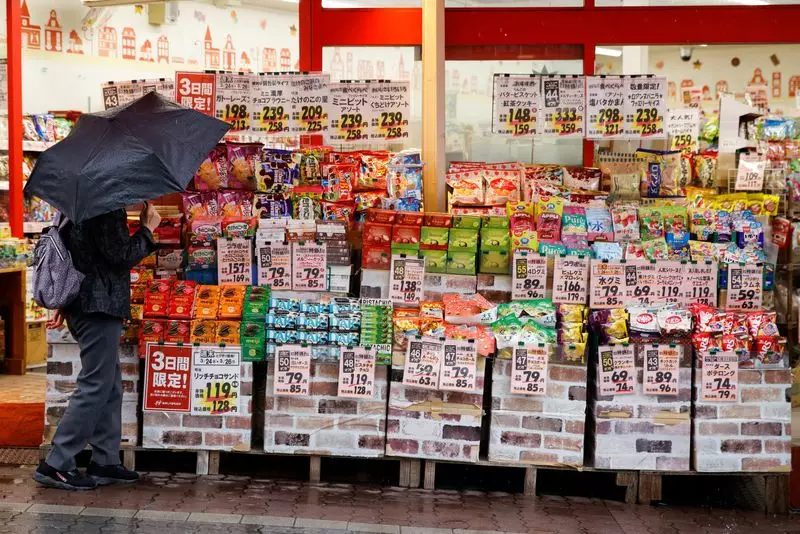Japan’s economic environment has recently become a complex interplay of rising inflationary pressures and diminishing industrial output. This dynamic is drawing the attention of economists and market analysts alike, as they speculate on the potential implications for the Bank of Japan’s (BOJ) monetary policy. As the country grapples with these economic conditions, it is crucial to analyze the multilayered data that shapes the outlook for interest rates and overall economic health.
Recent statistics reveal that the core inflation rate in Tokyo has reached an annualized growth of 2.4% in December. This figure, while slightly falling short of analysts’ expectations of 2.5%, represents a noticeable increase from November’s 2.2% rise. The Tokyo core Consumer Price Index (CPI), significant because it excludes volatile fresh food costs, nevertheless highlights a clear upward trend in consumer prices. Meanwhile, another closely monitored inflation metric, one that strips away both fresh food and fuel costs, posted a much more subdued increase of 1.8%, down from 1.9% in the previous month. These insights indicate persistent inflation pressures closely tied to utility costs and essential food items.
In a somewhat encouraging development, prices within Japan’s services sector rose by 1.0% in December, reflecting a gradual but steady increase, suggesting that sustained wage gains could play a pivotal role in shaping future price increases. As masato Koike from Sompo Institute Plus noted, the potential for higher wages translating into higher services prices may buoy the BOJ’s hopes of normalizing monetary policy. This service sector growth is critical, as it underscores the importance of consumer spending in driving price increases amid broader economic uncertainties.
Despite optimistic service sector indicators, other data points tell a bleaker story. Japan’s factory output fell by 2.3% in November, marking a significant decline for the first time in three months. This downturn appears to stem from diminished production of key commodities, particularly semiconductor manufacturing equipment and automobiles, vital to the country’s export-driven economy. Such data indicate a fragile industrial landscape that could complicate the broader economic recovery.
Looking ahead, the BOJ is confronted with difficult decisions regarding interest rate adjustments. With the committee’s pivotal meeting scheduled for January 23-24, analysts remain divided on whether the BOJ will raise short-term rates, previously adjusted this past summer to 0.25%. The central bank adopted this moderate pace, buoyed by the belief that Japan was progressing toward its long-term inflation target of 2%. However, various analysts caution against premature action. Economic experts like Toru Suehiro from Daiwa Securities posit that when disregarding the impact of rising utility costs, the inflation data lacks the strength necessary to warrant a rate hike.
Japan’s economic landscape is loaded with contradictions reflective of a complex global economic environment. While the inflation metrics suggest ongoing upward price pressures, the concurrent drop in factory output paints a picture of vulnerability within Japan’s industrial sector. As the BOJ prepares for its upcoming policy decisions, various external factors, including global demand trends and wage dynamics, will undoubtedly influence the economic trajectory. Policymakers face the challenging task of balancing these nuanced economic signals against the objective of achieving stable, sustainable growth. The coming months will be pivotal as stakeholders watch closely for any indications that could signal a definitive shift in Japan’s economic policy and performance.

